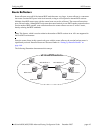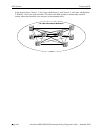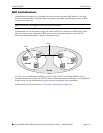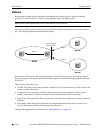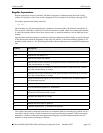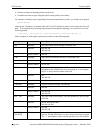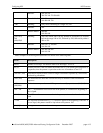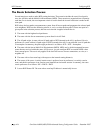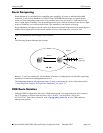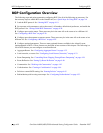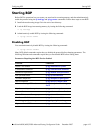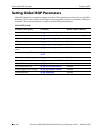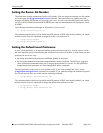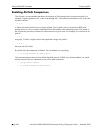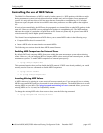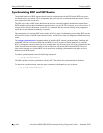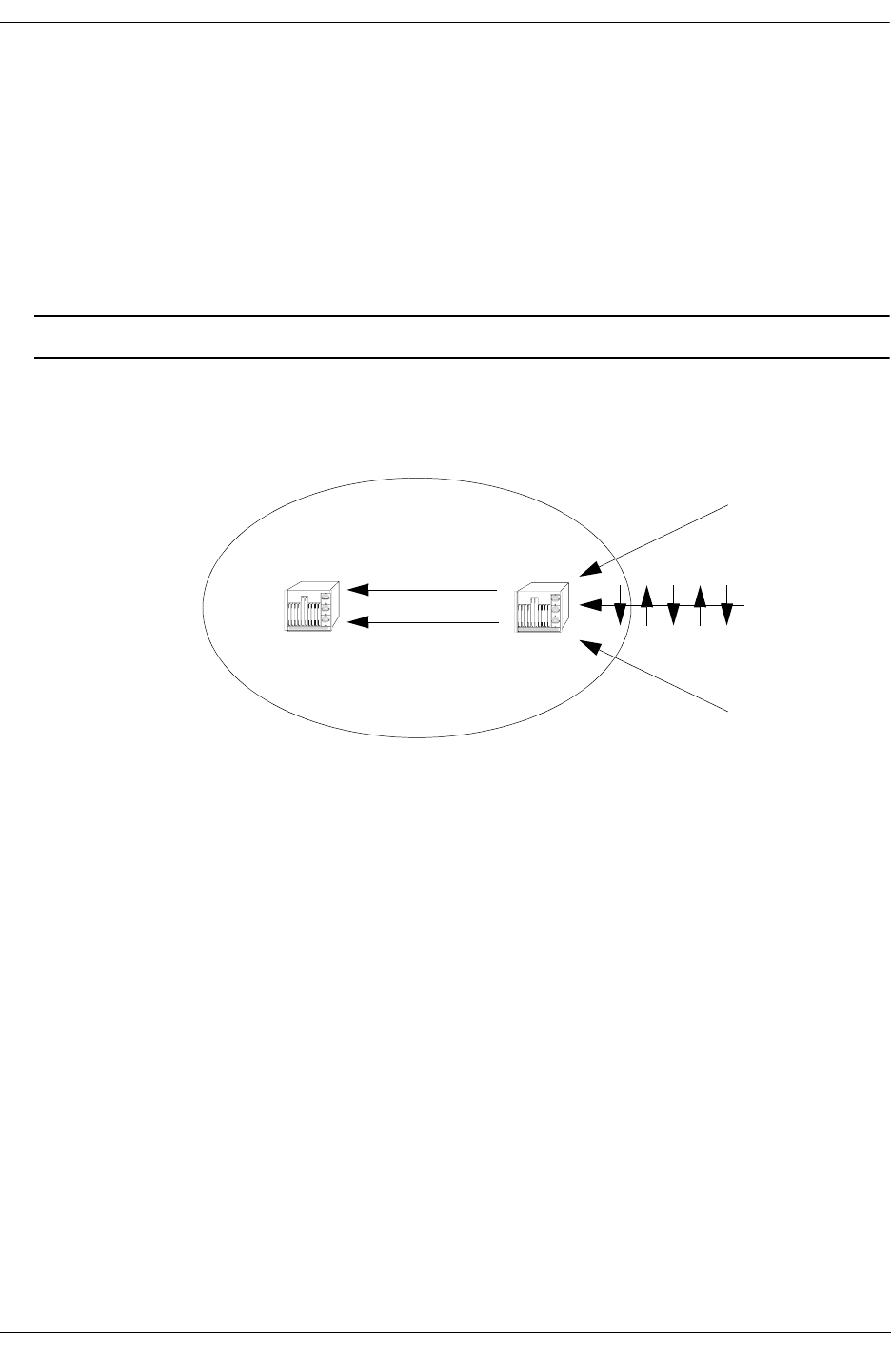
Configuring BGP BGP Overview
OmniSwitch 6800/6850/9000 Advanced Routing Configuration Guide December 2007 page 4-17
Route Dampening
Route dampening is a mechanism for controlling route instability. If a route is enabled and disabled
frequently, it can cause an abundance of UPDATE and WITHDRAWN messages to expend speaker
resources. Route dampening categorizes a route as either behaved or ill behaved. A well behaved route
shows a high degree of stability over an extended period of time, while an ill behaved route shows a high
degree of instability over a short period of time. This instability is also known as flapping.
Route dampening can suppress (not advertise) an ill behaved route until it has achieved a certain degree of
stability. Route suppression is based on the number of times a route flaps over a period of time.
Note. This mechanism does not apply to IPv6 prefixes.
The following diagram illustrates this concept:
Routes 1, 2, and 3 are entering AS 100, but Route 2 (because it is flapping) has exceeded the dampening
threshold. It is therefore not propagated into the AS.
The dampening threshold and suppression time of a route is determined by various factors discussed in
“Controlling Route Flapping Through Route Dampening” on page 4-36.
CIDR Route Notation
Although CIDR is supported by the router, CIDR route notation is not supported on the CLI command
line. For example, in order to enter the route “198.16.10.0/24” you must input “198.16.10.0
255.255.255.0”. Some show commands, such as ip bgp policy prefix-list, do use CIDR notation to
indicate route prefixes.
Route 1
Route 3
Route 2
(flapping)
Route 1
Route 3
AS 100



